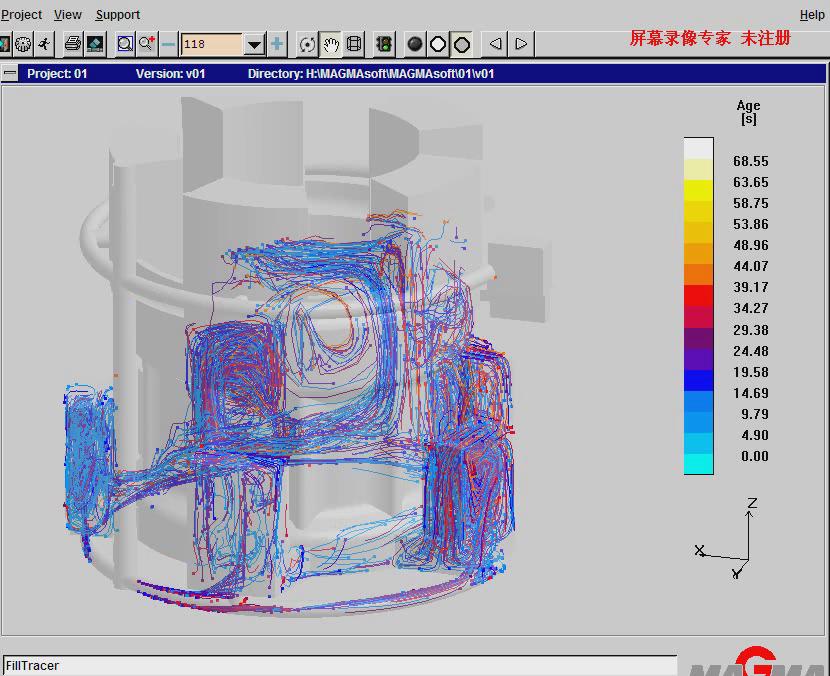- Afrikaans
- Albanian
- Amharic
- Arabic
- Armenian
- Azerbaijani
- Basque
- Belarusian
- Bengali
- Bosnian
- Bulgarian
- Catalan
- Cebuano
- China
- China (Taiwan)
- Corsican
- Croatian
- Czech
- Danish
- Dutch
- English
- Esperanto
- Estonian
- Finnish
- French
- Frisian
- Galician
- Georgian
- German
- Greek
- Gujarati
- Haitian Creole
- hausa
- hawaiian
- Hebrew
- Hindi
- Miao
- Hungarian
- Icelandic
- igbo
- Indonesian
- irish
- Italian
- Japanese
- Javanese
- Kannada
- kazakh
- Khmer
- Rwandese
- Korean
- Kurdish
- Kyrgyz
- Lao
- Latin
- Latvian
- Lithuanian
- Luxembourgish
- Macedonian
- Malgashi
- Malay
- Malayalam
- Maltese
- Maori
- Marathi
- Mongolian
- Myanmar
- Nepali
- Norwegian
- Norwegian
- Occitan
- Pashto
- Persian
- Polish
- Portuguese
- Punjabi
- Romanian
- Russian
- Samoan
- Scottish Gaelic
- Serbian
- Sesotho
- Shona
- Sindhi
- Sinhala
- Slovak
- Slovenian
- Somali
- Spanish
- Sundanese
- Swahili
- Swedish
- Tagalog
- Tajik
- Tamil
- Tatar
- Telugu
- Thai
- Turkish
- Turkmen
- Ukrainian
- Urdu
- Uighur
- Uzbek
- Vietnamese
- Welsh
- Bantu
- Yiddish
- Yoruba
- Zulu
Oct . 16, 2024 04:35 Back to list
Design and Analysis of Cross-Flow Heat Exchanger for Enhanced Thermal Efficiency
Cross Plate Heat Exchanger Efficient Thermal Management in Industrial Applications
In the realm of thermal management, heat exchangers play a pivotal role in various industrial processes. Among the numerous types available, the cross plate heat exchanger stands out due to its unique design and operational efficiency. This article delves into the characteristics, advantages, and applications of cross plate heat exchangers, highlighting their significance in optimizing thermal processes.
What is a Cross Plate Heat Exchanger?
A cross plate heat exchanger is a specialized system designed to transfer heat between two fluids without mixing them. Its structure comprises a series of plates arranged in a cross-flow configuration, allowing the two fluids to flow perpendicularly to each other. This design enhances the heat transfer surface area while minimizing the distance through which heat must be conducted, resulting in improved thermal efficiency.
Design Features
Cross plate heat exchangers are typically constructed from materials that provide excellent thermal conductivity, such as stainless steel or titanium, depending on the application and fluid types involved. The plates are often corrugated, which induces turbulence within the fluid flow, enhancing the heat transfer rate. Moreover, the compact design of these exchangers allows for a smaller footprint compared to traditional heat exchangers, making them suitable for space-constrained environments.
Efficiency and Performance
One of the primary advantages of cross plate heat exchangers is their high thermal efficiency. The cross-flow configuration facilitates an optimal temperature gradient between the two fluids, fostering effective heat exchange. Additionally, the turbulence generated by the corrugated plates reduces the likelihood of fouling, a common issue in heat exchangers that can hinder performance over time.
Another noteworthy performance aspect is the flexible design of cross plate heat exchangers. They can be tailored to accommodate different flow rates and thermal loads, making them suitable for a wide range of applications. Their ability to handle varying temperatures and pressures adds to their versatility in different industrial settings.
cross plate heat exchanger

Applications
Cross plate heat exchangers find extensive applications across various industries. In the chemical processing sector, they are employed in cooling and heating processes, ensuring optimal reaction temperatures. In power generation, these heat exchangers are vital for condensing steam and recovering waste heat, thereby improving overall energy efficiency.
Moreover, in the food and beverage industry, cross plate heat exchangers are employed for pasteurization and product cooling, where maintaining the integrity of the product is crucial. Their hygienic design is ideal for applications that require strict cleanliness and compliance with food safety regulations.
Additionally, HVAC systems utilize cross plate heat exchangers for air conditioning and heating applications, further demonstrating their versatility. The ability to effectively manage heat in these systems contributes to energy savings and enhanced indoor comfort.
Environmental Impact and Sustainability
As industries increasingly focus on sustainability, cross plate heat exchangers contribute positively by improving energy efficiency and reducing greenhouse gas emissions. By facilitating waste heat recovery, these systems can significantly lower energy consumption, aligning with environmental goals and regulations.
Furthermore, the compact design of cross plate heat exchangers requires less material for construction compared to traditional exchangers, which not only reduces manufacturing costs but also minimizes resource consumption. This aspect is particularly crucial in today’s context of promoting environmentally friendly practices in industrial operations.
Conclusion
In summary, cross plate heat exchangers represent a sophisticated solution for efficient thermal management across various industries. Their unique design, high thermal efficiency, and versatility make them a preferred choice for applications that demand reliable heat exchange. As industries continue to prioritize sustainability and energy efficiency, the role of cross plate heat exchangers is expected to grow even further, offering innovative pathways to meet the challenges of modern thermal management. With continuous advancements in technology, these heat exchangers are well-positioned to remain integral components of industrial processes, contributing to both economic and environmental sustainability.
-
Durable Cast Iron Water Main Pipe | AI-Optimized Design
NewsAug.05,2025
-
8mm Thin-Walled Cast Steel Manhole Cover Pallet Bottom Ring | Durable
NewsAug.04,2025
-
Premium Cast Iron Water Main Pipe: Durable, Corrosion-Resistant
NewsAug.03,2025
-
Durable Cast Iron Water Mains | AI-Optimized Systems
NewsAug.02,2025
-
High-Efficiency Propane Boiler for Baseboard Heat | Save Energy
NewsAug.01,2025
-
Premium Source Suppliers for Various Gray Iron Castings
NewsJul.31,2025


